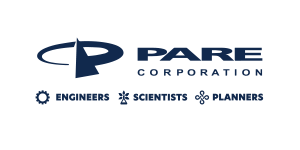Resource
Underwater Operations From an Owner and Engineer Perspective
Underwater maintenance, repair, or rehabilitation of dams in lieu of dewatering can be a very cost- effective option. It offers advantages such as reducing the impact on power generation and recreation and eliminating the adverse structural and environmental impacts associated with dewatering. However, the benefits are not without an element of risk to the Owner as well as the Engineer. Conducting safe and effective underwater operations goes far beyond simply hiring a diving company. It begins with selecting a qualified and experienced contractor and continues throughout the planning and execution of the project. Owners must also understand their exposure and the steps that can be taken to minimize risk. Managing a diving project is difficult at best. The procedures are often foreign even to experienced engineers, and a large portion of the work is hidden from direct observation. Nevertheless, it is vital that the Owner and Engineer take an active role in this aspect of the work. With some fundamental knowledge, this can be accomplished. Successful underwater projects are typically characterized by an open collaborative relationship between the Owner, Engineer, and diving contractor. This should include involving the diving contractor in careful consideration of the scope of work and how underwater tasks will be approached. Likewise, the diving contractor must ensure that all project personnel understand the implications that diving procedures may have on the safety and success of the project. This paper will present an overview of the essential qualifications a competent diving contractor should possess. Special areas of expertise that may require consideration will also be addressed. These include deep diving, mixed gas diving, inspector qualifications, welding proficiency, concrete repair capabilities, and specific dam related experience. In order to properly specify diving services, the engineer must understand the capabilities and limitations of various inspection and repair techniques. A synopsis of frequently used procedures and equipment will be presented. Case studies will be used to illustrate the planning and coordination necessary to ensure safe and successful projects. 12 pp., 3 references.
































